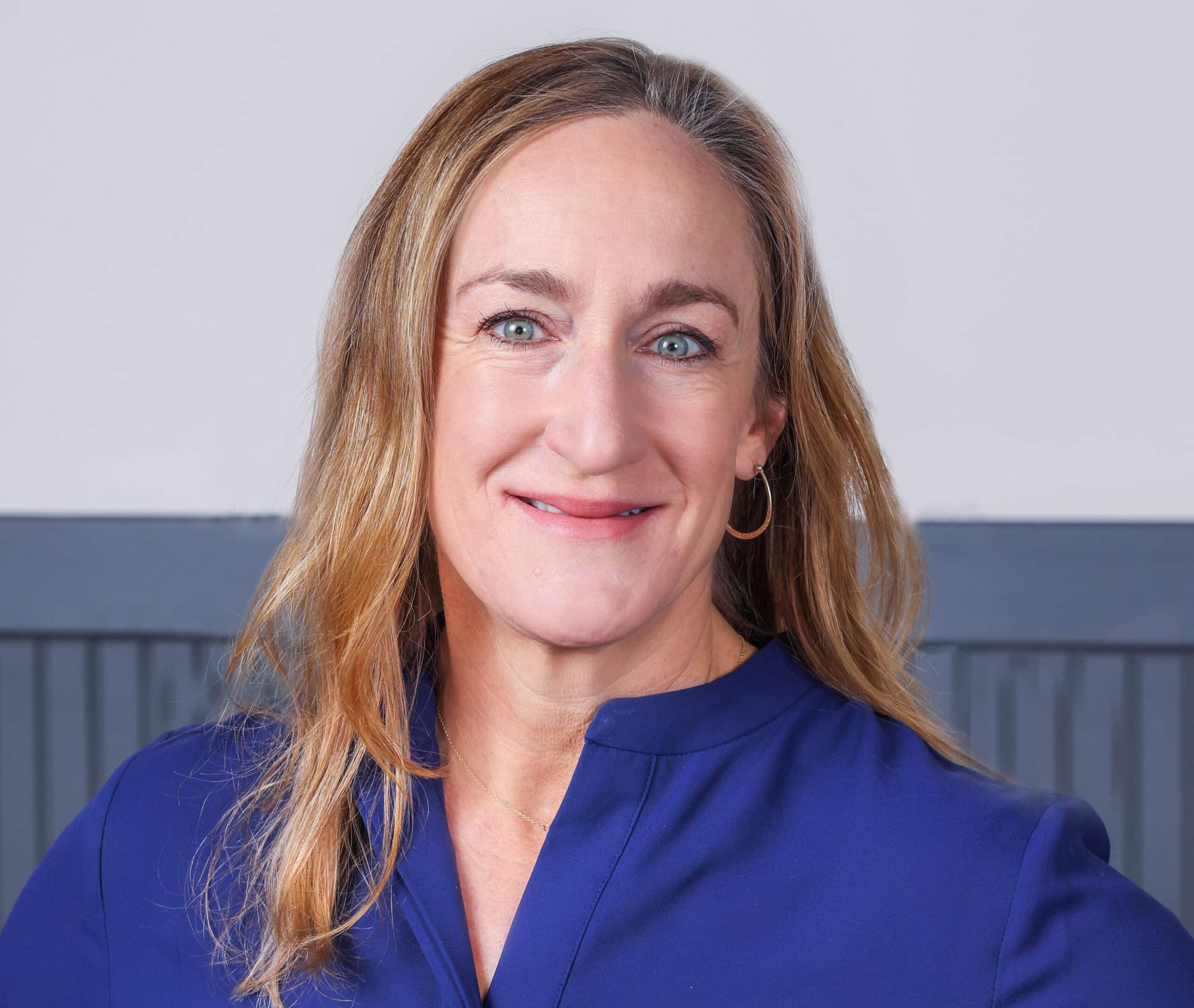When I envision the energy system of 2050, what do I see? A system that looks a lot like today’s—only better:
- Electricity is emissions free, through a combination of nuclear power and emissions-captured generation.
- Pipelines across North America are moving low- and no-carbon liquids and gases for fuels and feedstocks.
- Transportation is dominated by a diverse array of highly efficient vehicles that vary by transportation type and local solutions.
- Internal combustion engines still run on oil, because we have successfully produced net-zero and net-negative fuels thanks to successful carbon sequestration during production.
American society is more prosperous than any other largely because we’ve prioritized energy solutions over political infighting. These solutions include broadly balanced tradeoffs enabled by community partnership in energy projects that allow expanded infrastructure in both urban and rural communities. As a result of our engagement and political détente, our society has more bandwidth to focus on a broader array of widely shared conservation interests, including water quality, the connectivity of wildlife habitats, and the restoration of biodiversity.
Happy new year!
My last Both True of 2023 ended with a call to you —the energy leader—to resist the urge to tell the world we are headed for an energy-transition-driven catastrophe. I acknowledge that today’s polarized climate conversation makes it tempting for you to counter the climate-apocalypse narrative by conveying an alternative disaster, wherein the public suffers because energy isn’t available just when it’s needed most—thousands die and millions struggle. Yet a world increasingly hostile to oil and gas leadership in energy solutions needs not scare tactics but your vision, more than ever.
As oil and gas leaders, we can’t build a future that we can’t imagine. And as civic leaders, we can’t build a future we can’t articulate to stakeholders. Civic energy leadership requires two components: (1) painting a compelling and inclusive vision of the energy future and (2) filling in that vision with the essential details of how to get it done. Both articulating a vision and making that vision happen are what we’ll be focusing on in the 2024 Both True editions and in the Energy Thinks podcast, returning with Season 7 this month.
Today, I begin by providing guidance on how to articulate a compelling, inclusive vision for real sustainability.
Both of these things are true:
- Civic leadership requires articulating a vision of the energy future that can inspire everyone, is responsive to the climate-centric worldview, and is founded on the innovation, achievements, and genius of oil and gas people.
- Such leadership requires setting aside resentment at being painted as the climate-apocalypse villains. We must acknowledge this villain narrative without being sucked into fighting it or surrendering to it.
What makes a vision compelling?
All compelling visions possess three key attributes:
- They’re positive and inspiring.
- They start with what is and move to showcase what can be.
- They offer concrete proof points to counter skepticism and make the vision tangible.
Build these three elements into your vision.
A better future. Capture the imagination of your stakeholders by articulating a future where abundant, accessible, and affordable energy for all unlocks unprecedented benefits, transcends geographic boundaries, and inspires optimism about the opportunities ahead.
What is and what can be. We can recognize the current situation while showcasing a better alternative. We acknowledge the challenges and constraints we face today in decarbonizing the energy system, but we don’t stop with doom. Instead, we paint a vivid picture of the potential that lies ahead.
Proof points. Skeptical audiences require evidence of our sincerity. We provide it by backing our vision with proof points in two forms: first, demonstrated investments made by our companies in the future, and second, indications that our vision is underway, such as successful pilot projects, scientific advances, policy initiatives, and market trends in which the company is participating. Proof points offer a narrative roadmap for stakeholders to follow, making the vision tangible and plausible.
What makes it your vision?
Take the structure above and fill in the details.
Paint a picture. Craft your vivid and engaging narrative of this better future. Describe the centrality of energy to society’s well-being and prosperity. Engage your stakeholders’ imaginations; enable them to envision themselves as participants in this future.
Articulate how your company fits in. Showcase your company’s contributions in the painted picture of what can be. Your future role may include expertise in geothermal energy or innovative solutions for lower-carbon-liquid transportation. Highlight strategic partnerships with fuel-consuming customers. Explain how your company’s products, services, or technologies are central to achieving the vision. Connect the dots for stakeholders so they understand your relevance and leadership in the work ahead.
Select authentic and compelling proof points. Start with the ways in which your company has taken steps to reduce its carbon footprint, and highlight the results. Then expand to company investments in decarbonization efforts, such as reducing carbon intensity of products or making investments in business-relevant startups. By offering concrete proof points, you not only substantiate your dedication but also inspire confidence among your stakeholders.
How do you know if your vision is compelling?
Stress-test your vision in three steps:
Write it down. Document your vision, so you can make improvements as you go. Resist the temptation to test your vision verbally on the fly with stakeholder audiences. (Do as I say, not as I do!)
Stress-test it internally. Invite an internal team to rigorously examine the vision. What is inspiring? What rings false? Assess the vision’s alignment with your company’s capabilities, resources, and culture. You won’t have gotten it right the first time, so this internal scrutiny will increase your confidence when you face the inevitable pushback. (And if your vision is written down, you’ll be able to track your iterations and feedback.)
Stress-test it externally. Start small in testing your vision outside your organization. You want to gain diverse insights and opinions, but more important, you want to build your confidence in answering critiques. Ultimately, the effectiveness of your vision in conveying optimism will depend on how authentically you can engage and defend it. Expect to identify blind spots and weak arguments and commit to evolving your thinking with these critiques. For your vision to ultimately garner credibility and resonate with skeptical stakeholders, you’ll need to give it some test spins.
As oil and gas leaders, we can’t lead into a future that we can’t articulate, so I invite you to kick off 2024 with the internal conversations to build and stress-test just such a vision—a key step to real sustainability.
We are building the energy future with our clients at Adamantine. Please reach out for your consultation to learn more.
To your well-articulated vision of the energy future!
Tisha

